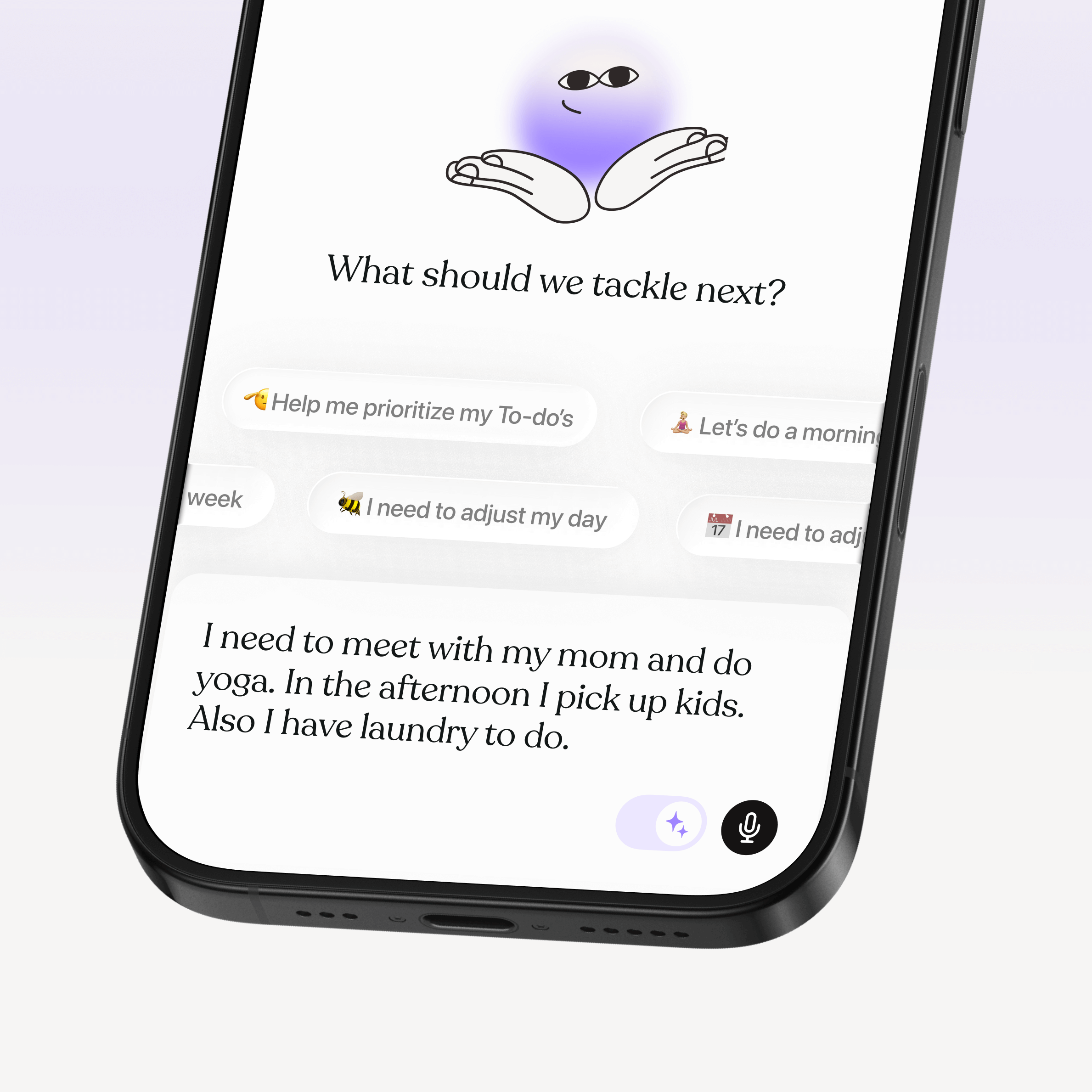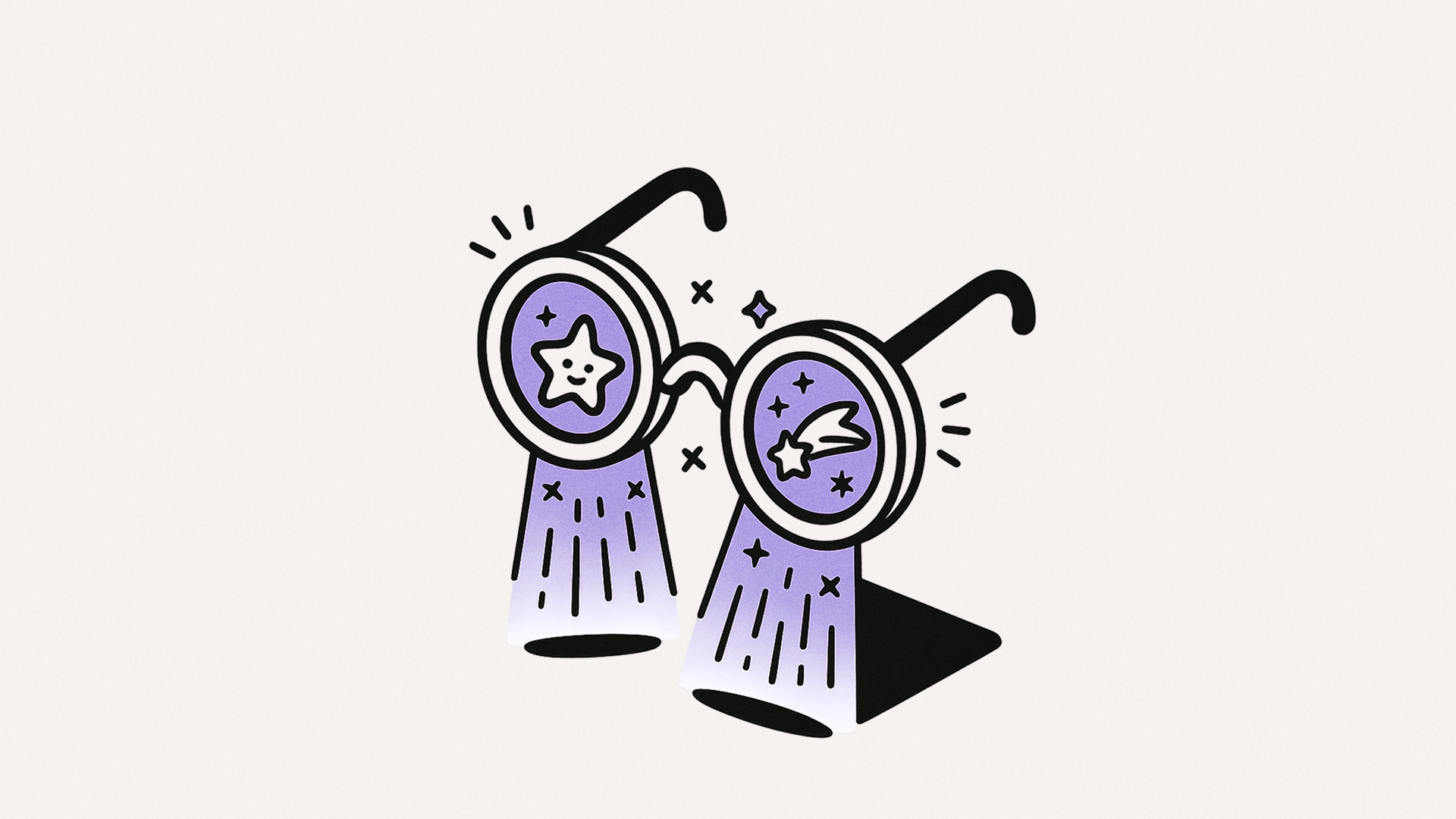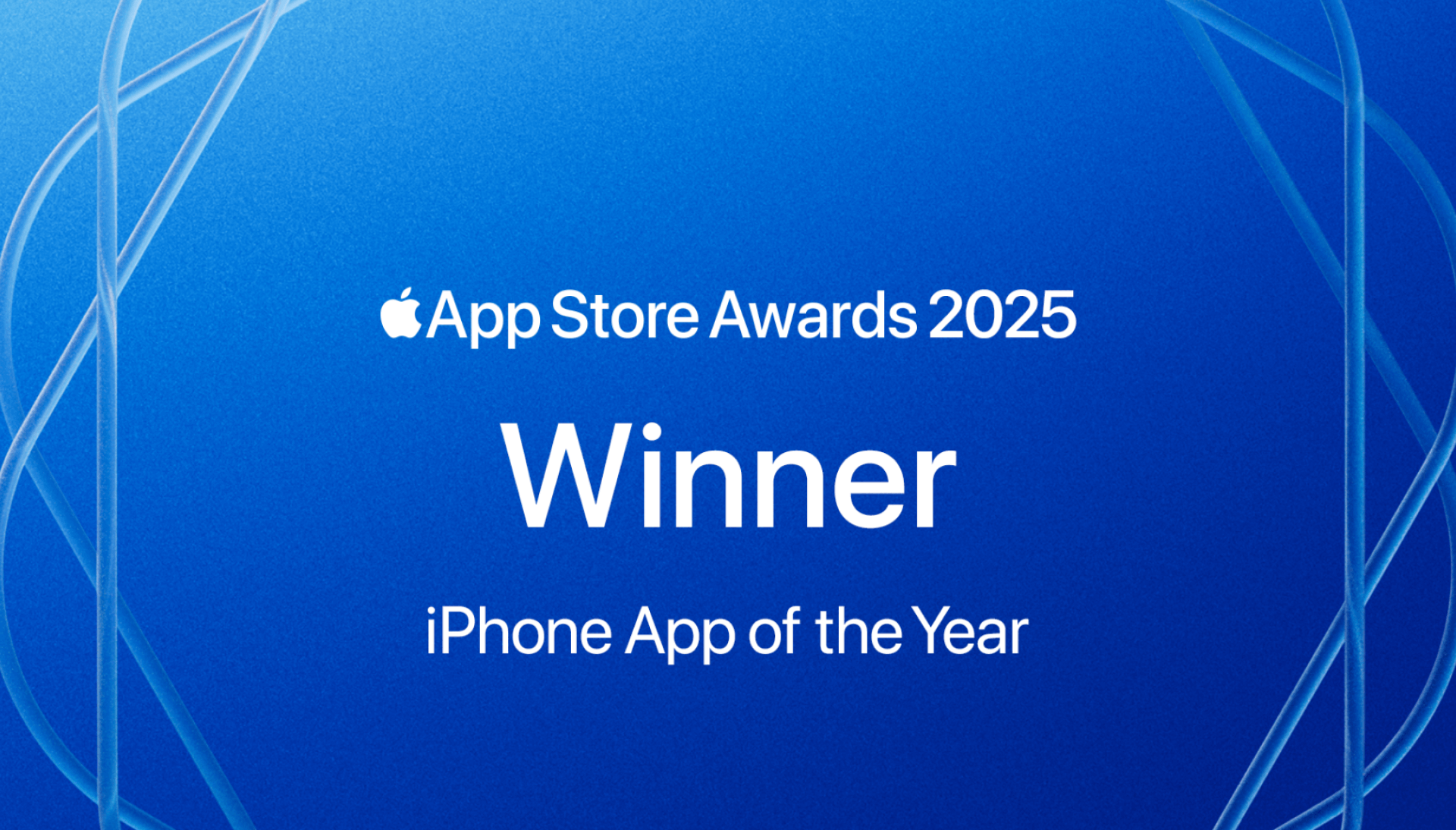Emotional regulation and rejection sensitivity
ADHD doesn’t just affect attention, it often comes with emotional intensity. Many ADHD’ers feel things deeply and react strongly, especially in situations involving criticism, conflict, or change. Rejection sensitive dysphoria (RSD), a heightened fear of being rejected or misunderstood, is common and can lead to social withdrawal, anxiety, or emotional outbursts.
Hyperfocus
Contrary to the stereotype of being easily distracted, ADHD’ers often experience periods of hyperfocus where they become completely absorbed in a task that feels engaging, novel, or urgent. This state can be productive but also disorienting, especially when it results in forgetting basic needs like eating or resting.
Real support means working with your brain
Use flexible, visual tools that reduce friction
Rigid systems often don’t work for ADHD’ers. What’s more helpful are tools designed to support the brain’s natural rhythms and patterns. That’s where Tiimo comes in; our tools use visuals, gentle structure, and customization to make planning feel possible.
For example:
- Visual schedules help you map your day without mental overload
- Color-coded reminders support transitions without pressure
- Focus timers create external structure to hold attention
- AI checklists help with task initiation and sequencing
You can start with our guide to planning with Tiimo.
Make small lifestyle shifts that honor your brain
Many people with ADHD benefit from small, sustainable habits that align with how their brains and bodies actually function.
- Mindfulness helps create space between feeling and reacting
- Movement boosts dopamine and supports self-regulation
- Routine alignment means building your day around energy, not expectations
You don’t need to do everything perfectly. The goal is to find what supports you, consistently, but flexibly.
Consider therapy or medication (if it feels right for you)
For some, stimulant medication can increase dopamine and improve executive function. Others may prefer behavioral approaches like cognitive behavioral therapy (CBT) or ADHD coaching. What matters is finding the right combination of support that feels aligned with your needs and values.
ADHD isn’t the problem, the mismatch is
So much of the struggle with ADHD comes from trying to meet expectations that weren’t designed for your brain. When support is lacking, traits like forgetfulness, impulsivity, or emotional intensity can lead to shame, exhaustion, and burnout.
But ADHD is not a moral failing. It’s a difference in cognitive style that deserves respect, accommodation, and the right tools. When environments and systems are adjusted to fit ADHD’ers, instead of expecting ADHD’ers to constantly adapt, people can thrive.
Starting your ADHD journey? You’re not alone.
Whether you’re exploring ADHD for the first time or looking for better tools, remember: you deserve support that actually works. ADHD doesn’t need to be minimized or masked. With the right strategies, structure, and community, it’s possible to live a fulfilling, energized life on your terms.









